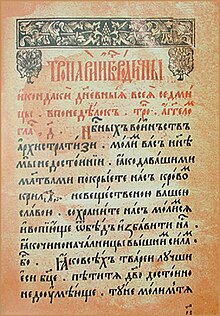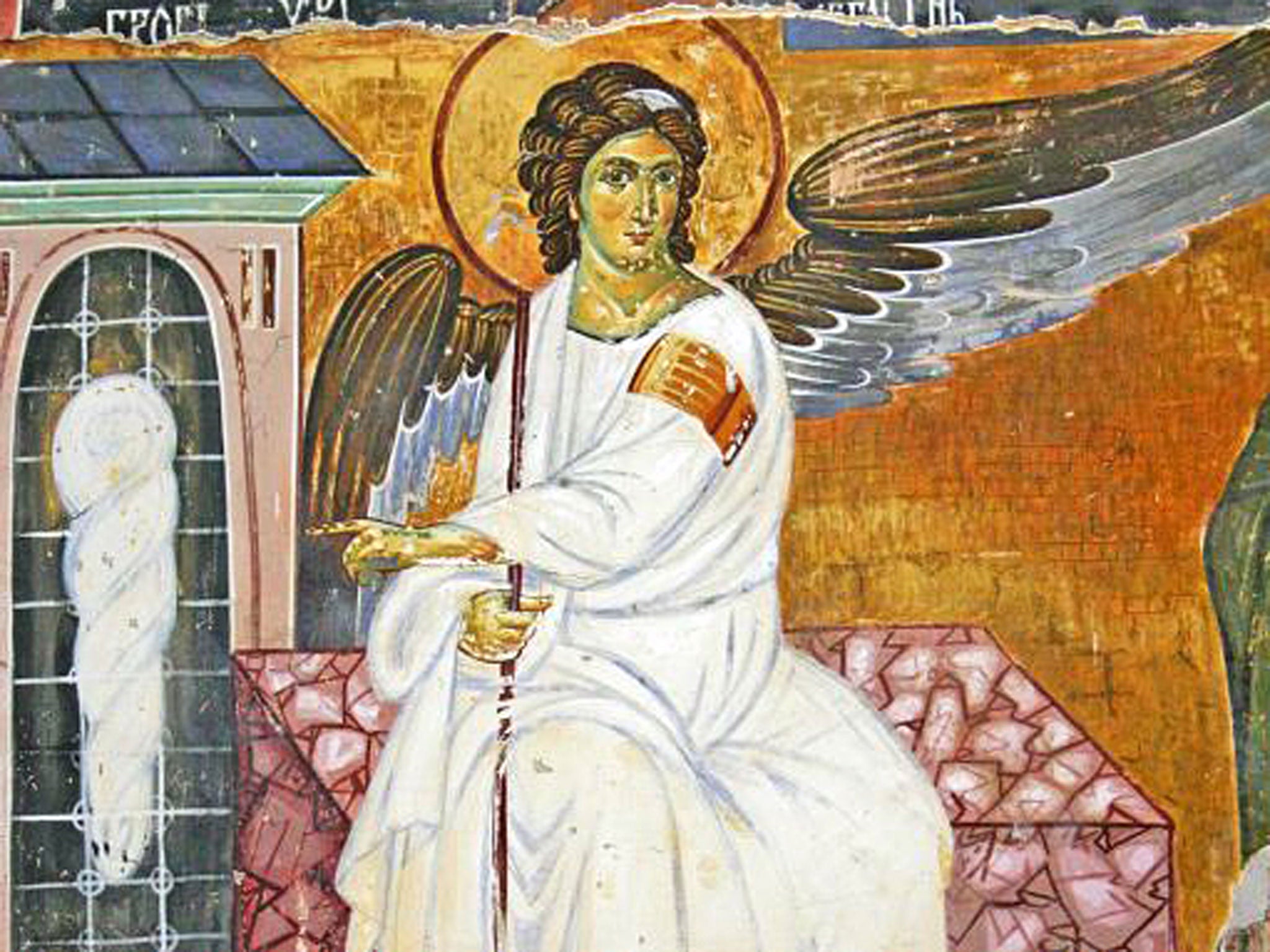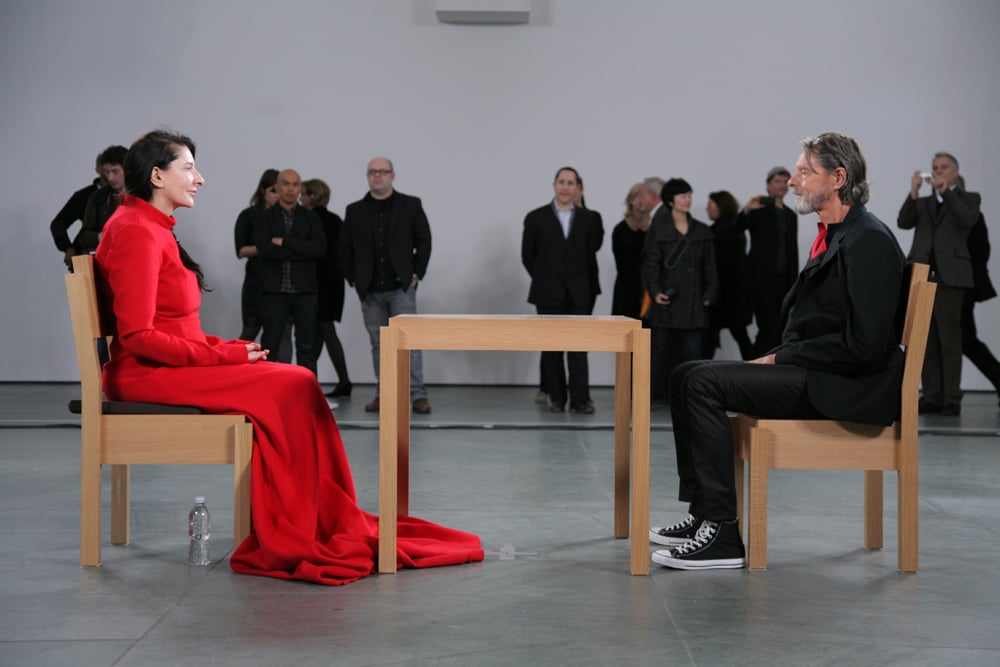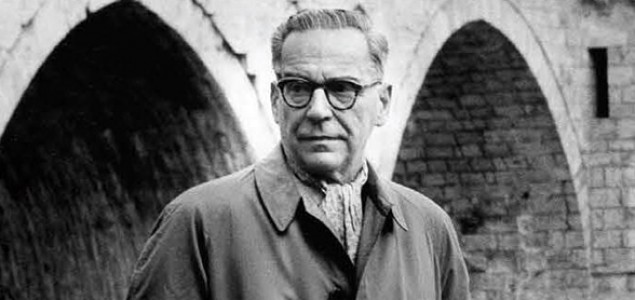Art in Serbia stems
back to Medieval times. Like much of European art during this time, most of it
was centered around the church. Frescos done in Byzantine and Italian styles
were especially common. One known as “The White Angel” is the most famous: it
was the first satellite image from Europe to America as a message of civility
and peace. It was also used in trying to reach aliens. (We’ve gone downhill in
civilization since that was painted apparently.)
Once the Ottomans
arrived, they took the fun out of art. There just wasn’t a lot going on. The
Baroque period took it back in the right direction, and painters started
picking up the brush again. The 1800s saw a huge rise in a number of different
artistic styles and themes, like Romanticism (like Katarina Ivanovic), Neoclassicism (like Pavel Durkovic), Realism, Symbolism, and Biedermeier (a Serbian art
movement aimed at an awareness of family and home).
Right around the
turn of the 20th century, the first art schools began popping up.
Many artists were still traveling elsewhere in Europe to learn painting and
sculpture, mainly bringing back the avant-garde styles from Germany and other
countries. As the 20th century progressed, other contemporary art
styles like performance art began to dig in and make a place for itself in
Serbian art. Marina Abramovic is one
of the most famous performance artists from Serbia and has had her work
showcased around the world.
Serbian literature
is primarily written in the Serbian language. Some of the earliest examples of
literature were religious texts during the 15th century. Genres mostly
included poetry, church service-related texts, hymns and hagiographies, as well
as other prose styles. Old Church Slavonic was a prominent language of the
church during this time.
 |
| The Bible written in Old Church Slavonic |
The Battle of
Kosovo during the 14th century opened up a new chapter for Serbian
literature, especially for epic poetry. Such a battle as this was the prime
subject material for a genre like this.
As the Medieval period became a thing of the past, the Baroque period
brought along some new changes: the language started to merge into the
Slavonic-Serbian language. By the mid-1800s, Romanticism became the preferred
style, and through the efforts of Vuk
Karadzic and Duro Danicic, the
groundwork for the Serbian language began to solidify.
The 20th
century brought along an array of authors who wrote under many different
styles. Some of the more prominent writers include Ivo Andric (won the Nobel Prize in Literature in 1961), Vladimir Arsenijevic (award-winning
novelist, known for his work In the Hold),
Milos Crnjanski (expressionist poet
and diplomat), Miroslav Josic Visnjic
(award-winning novelist and poet), Mesa
Selimovic (Yugoslav author, known for his work Death and the Dervish), Miodrag
Bulatovic (novelist and playwright), Danilo
Kis (essayist, novelist, short story writer), Milorad Pavic (short story writer, novelist, poet, literary
historian, known for his work Dictionary
of the Khazars, one of the most prominent authors from Serbia), and Jelena Dimitrijevic (novelist, poet,
feminist). And a bunch of others.
Up next: music and
dance




No comments:
Post a Comment